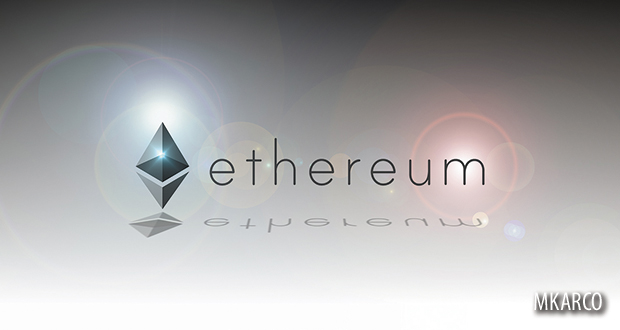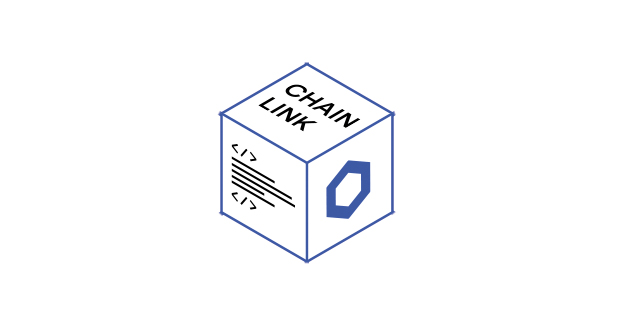
Although “smart contracts” have been the subject of much discussion in the information technology field, the impact that they will have on the legal profession is not well known, in part because the capabilities of such contracts are not well known.
So what is a smart contract?
A smart contract is a digital agreement that can be executed automatically when predetermined conditions have been met.
Imagine you are flying from Boston to Paris for a meeting. You decide to purchase flight insurance to cover yourself in case of a delay.
When you arrive at the airport you discover that your flight will be delayed by more than two hours.

The insurance company is now bound to compensate you, per the terms of your agreement. You must file a claim with the company, wait for a representative to contact you, explain everything that has happened up to that point, and wait a long time for actual compensation.
That is, unless you are using a smart contract, in which case you don’t need to do anything, and the money is already in your bank account by the time your flight arrives.
Does that sound like something a long way off from today?
It’s not.
The ability to reduce the cost of trust between two or more parties will fundamentally alter the operations of businesses, governments and other organizations worldwide.
AXA insurance is already testing a product called Fizzy that uses smart contract technology.
A smart contract grants full visibility to anyone with access to the distributed ledger. It cannot be modified unilaterally, which eliminates the need for trusted third parties when writing, signing and executing contracts.
Smart contracts have a high degree of immutability, security and visibility, so they have the potential to transform the way many organizations conduct business.

Until recently smart contracts were limited in scope.
Smart contracting became possible when Ethereum, a blockchain with a scripting language that could “carry data in the form of arguments,” was launched in 2015.
So why haven’t smart contracts seen mainstream adoption yet?
As it stands, a smart contract written to the Ethereum blockchain can read only data that is ”on-chain” — in other words, it has no way of connecting to external events, such as price data from the New York Stock Exchange, or game data from the NFL.
Aside from a few cases (such as the flight insurance example, above), smart contracts have been limited to the tokenization of assets, and that has severely reduced their usefulness.
Application programming interfaces — or APIs — could feed off-chain data into a smart contract, but there is a risk that data could be altered as it passes from source to contract. This is known in the blockchain field as the “oracle problem.”
Enter SmartContract.com and its CEO, Sergey Nazarov, who has been working with a team to develop a solution to the oracle problem. Their product, Chainlink, is a decentralized blockchain middleware that securely delivers data from its source into a smart contract.
Chainlink uses a decentralized network of oracles to deliver data from APIs into smart contracts. The system is much harder to attack and alter and gives contract users a high degree of certainty that true data will be fed into their agreements.
Chainlink went live on the Ethereum blockchain May 30.
The great innovation of smart contracts is that they significantly reduce the cost of trust. Imagine a situation in which a client wants to purchase a futures contract for blue-chip stocks listed on an exchange in Singapore.
Traditionally he would first have to go through the broker who created the contract, and that broker would then have to purchase the stock from the exchange. Your client has to trust that when the money is handed over, all counter parties honor the terms of the agreement from the point of the contract being signed to its conclusion.
If at any point the broker or the exchange acted maliciously, your client would want to file suit against them in a jurisdiction where they operate and have assets, which would most likely be costly and time-consuming.
By using a smart contract, however, your client can be certain where the money is at every step.
The stocks themselves can be tokenized and held in your client’s accounts, so there is no need to trust a third party to hold them.
When the contract is concluded, it can receive real-time price data automatically from the exchange and pay out according to the terms right away. The cost and risk of doing business has been dramatically reduced.
Smart contract technology potentially benefits anyone who conducts business, who deals with financial instruments such as derivatives or bonds, who is a provider of insurance, or who makes transactions of currency, assets or property, and many others.
The uses of trustless smart contracts connected to external data is limited only by the human imagination.
A whole ecosystem of interconnected platforms, such as Clause, OpenLaw and ZeppelinOS are already forming around this new industry.
After years of smart contract development, the last pieces of the puzzle are about to fall into place. The ability to reduce the cost of trust between two or more parties will fundamentally alter the operations of businesses, governments and other organizations worldwide.
John Gilleran is an IT professional and a smart contract expert. He can be contacted at [email protected].
 New England Biz Law Update
New England Biz Law Update
